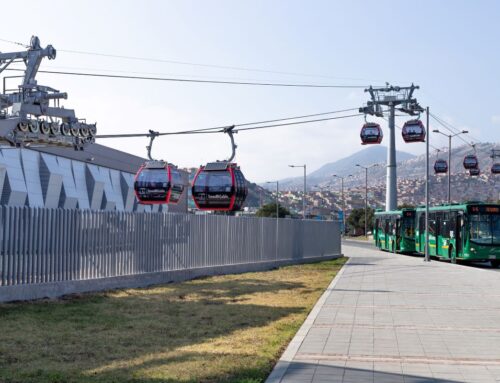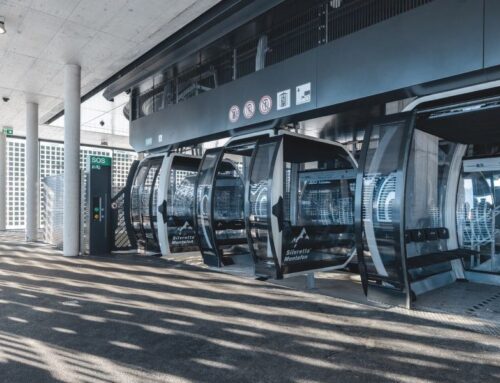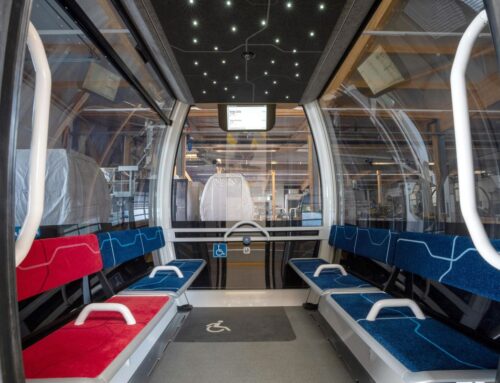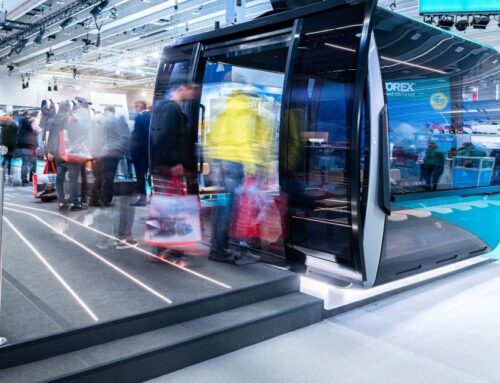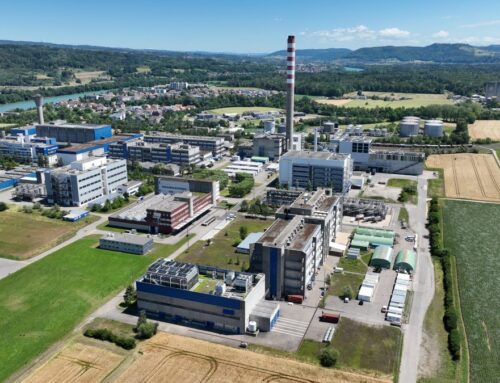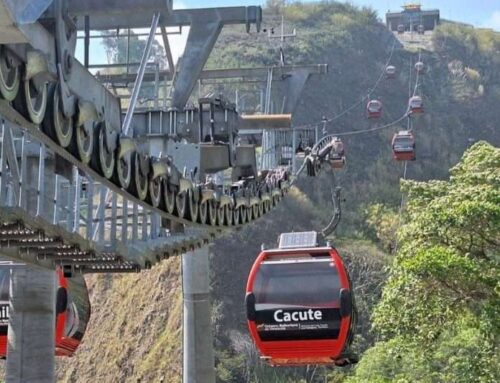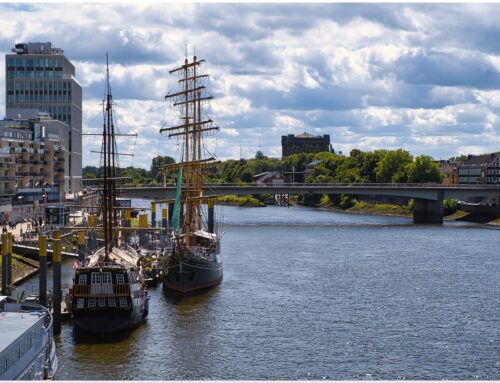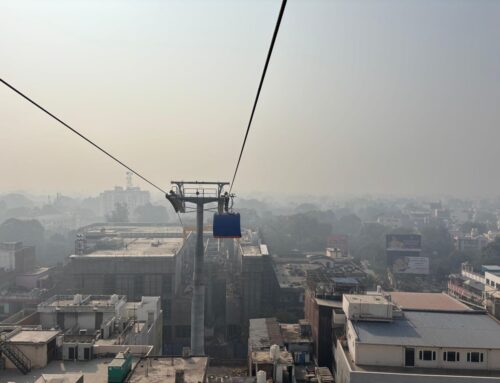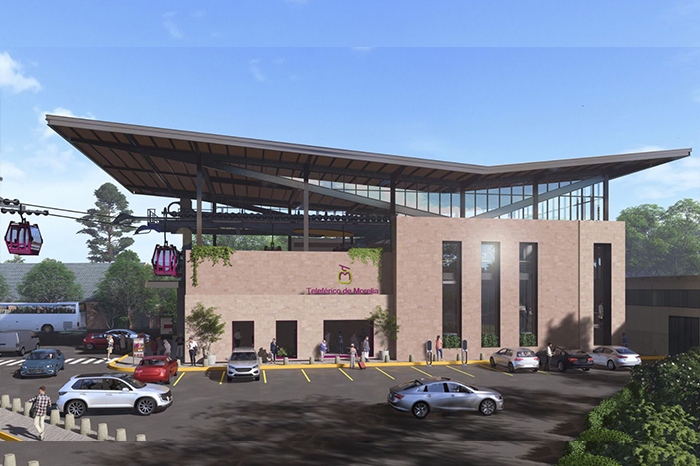
Cities, Special-Urban
Morelia plans urban cable car
A fast, safe, and sustainable alternative to existing means of transportation: this is what the government of the Mexican state of Michoacán envisions with the planned cable car in the capital, Morelia.
“The Morelia cable car is an innovative project that will transform urban mobility in the city,” says Gladyz Butanda Macías, head of the Secretariat for Urban Development and Mobility (Sedum).
According to the online portal La Voz de Michoacán, the cable car is being designed with a comprehensive mobility perspective to improve accessibility and connectivity in key areas of the city. It is estimated that once operational, the cable car will benefit more than 22,000 people daily.
A total investment of 1.917 billion pesos (89.3 million euros) is planned for the project. Officials expect it to enhance connections between various neighborhoods and reduce travel times.
In the first phase, six stations are planned:
Estadio Morelos, Eduardo Ruiz, Primo Tapia, Obelisco Lázaro Cárdenas, Ciudad Universitaria, and Zoo. In a second phase, the Santa María station will be added.
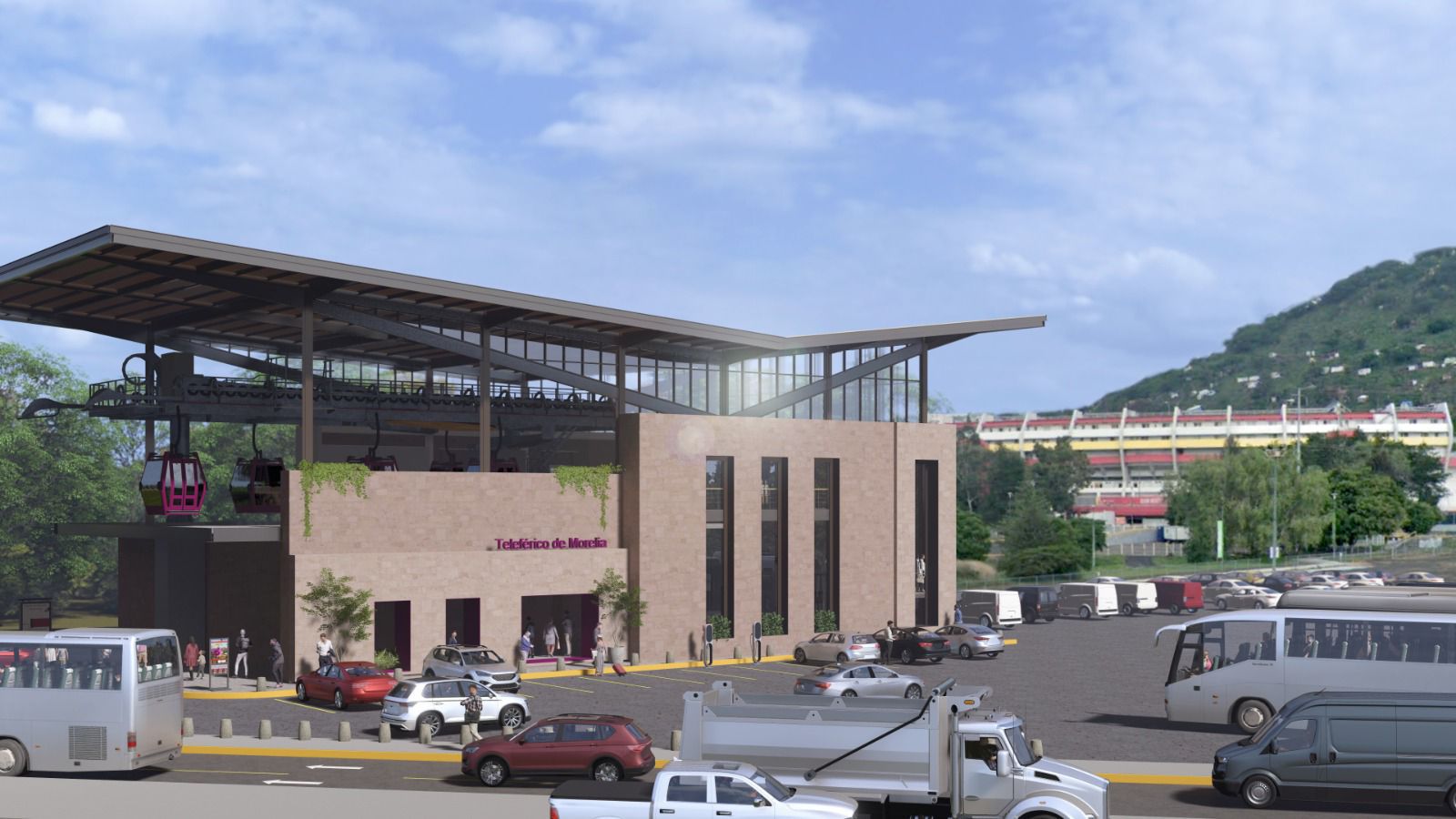
Green City as a Goal
The cable car not only reduces car traffic in the city, which has around 597,500 inhabitants, but also promotes the use of sustainable transport powered by clean energy, helping to lower carbon dioxide emissions. This makes it an ideal option for transitioning to a greener city that aligns with sustainability goals.
Preserving Cultural Heritage
Thanks to its well-preserved colonial-era buildings, Morelia is one of the most visited cities in Mexico. Since 1991, its historic center has been a UNESCO World Heritage Site.
The cable car is therefore designed to blend harmoniously into the urban landscape without affecting areas of historical or ecological significance. As a result, it will not pass through the historic center.
No Cable Car in the Historic Center
Sedum guarantees that the construction work will respect historical monuments, ensuring the preservation of Morelia’s cultural heritage.
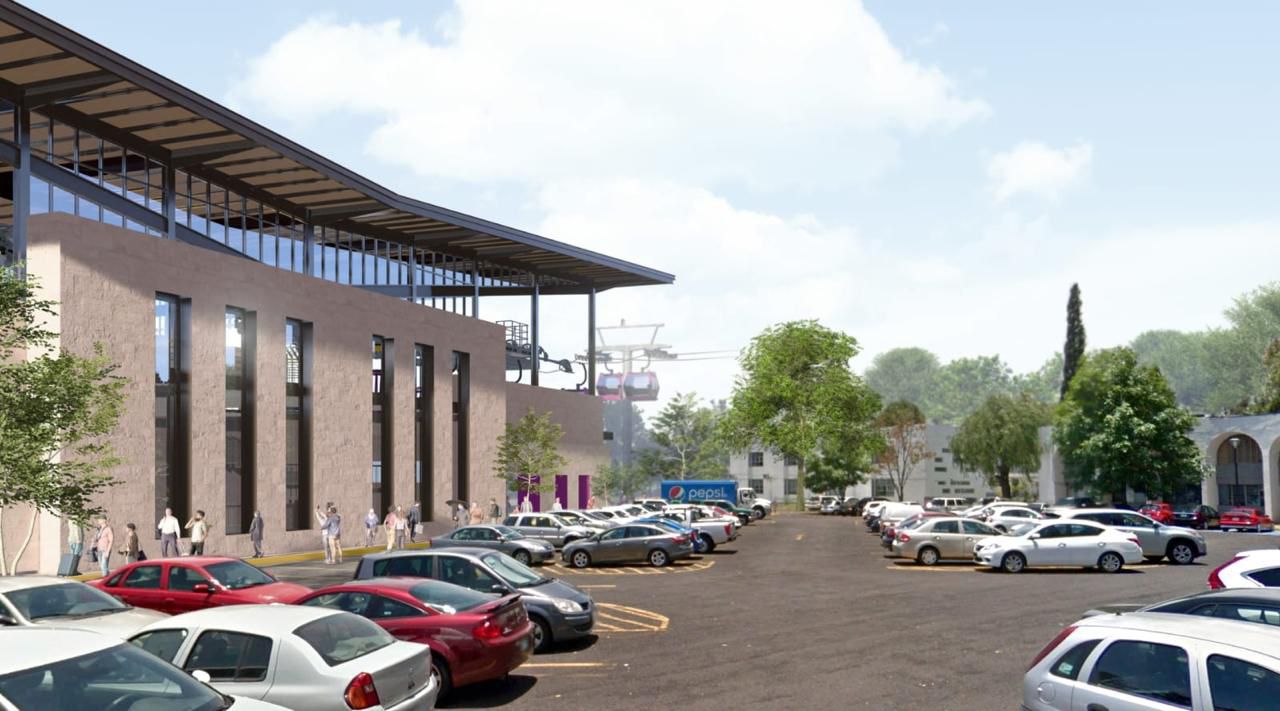
Boosting Tourism
According to the state government, the Morelia cable car is not only a step forward in urban mobility but also a major tourist attraction that will stimulate the local economy and draw thousands of visitors.
“The cable car will offer an innovative experience, allowing tourists to explore the beauty of Morelia from above, adding a new attraction to their visit,” said Gladyz Butanda.
She also emphasized that it will improve access to various cultural events and festivals in the city, enhancing mobility during these times and providing visitors with a more immersive experience.
